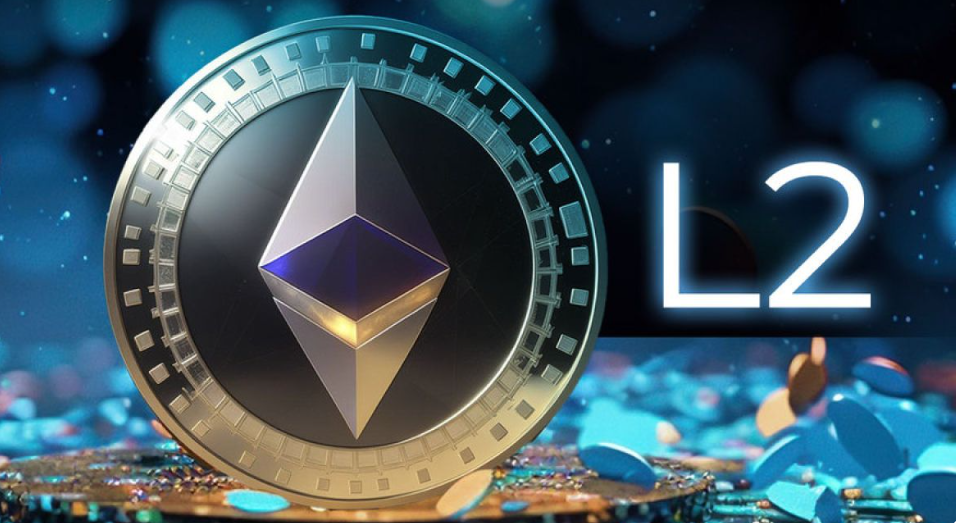Le volume des transactions Ethereum L2 a augmenté de 91 % à mesure que l’adoption s’envole.
Des données récentes d'Into TheBlock révèlent que les volumes de transactions Ethereum L2 ont grimpé en flèche de 91 % depuis le début de l'année. Cette poussée souligne une tendance croissante des utilisateurs d'Ethereum à migrer vers des solutions de mise à l'échelle de couche 2, attirés par la promesse de transactions plus rapides et moins chères par rapport au réseau principal d'Ethereum.
Augmentation des volumes de transactions Ethereum L2.
Les données révèlent des informations convaincantes sur l’écosystème des solutions de mise à l’échelle d’Ethereum. Au 1er mars 2023, le volume des transactions Ethereum L2 d'Arbitrium et d'Optimism s'élevait à environ 700 millions de dollars. Avance rapide jusqu'au 1er février 2024, et ce chiffre a grimpé à 2 milliards de dollars, englobant les transactions d'Arbitrium, d'Optimism 5 et de Base.
L’anticipation accrue entourant la prochaine mise à niveau de Dencun d’Ethereum est un facteur contribuant à cette augmentation.
Cette mise à jour très attendue devrait révolutionner l’écosystème Ethereum en introduisant des réductions substantielles des frais de gaz, une efficacité de stockage améliorée et une expérience améliorée pour les développeurs.
En résolvant efficacement le problème de longue date des frais de transaction élevés sur Ethereum, la mise à niveau de Dencun devrait renforcer la rentabilité des rollups, stimulant ainsi une adoption plus poussée.
Comment fonctionnent les réseaux de couche 2.
L'objectif principal des réseaux de couche 2 est d'améliorer le débit des transactions en atteignant des transactions par seconde (TPS) plus élevées tout en préservant la décentralisation et la sécurité. Ces réseaux y parviennent en consolidant plusieurs transactions hors chaîne en une seule transaction de couche 1, réduisant ainsi les frais de transaction.
Par conséquent, Ethereum devient plus accessible et inclusif pour un plus large éventail d’utilisateurs, favorisant ainsi une plus grande participation et innovation au sein de l’écosystème.
